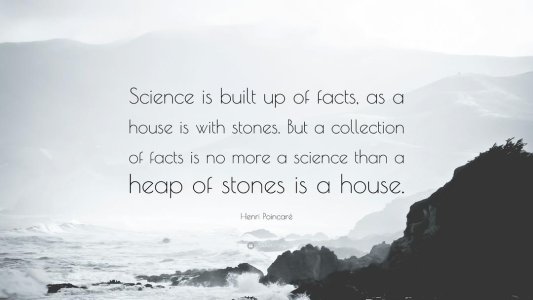Cdnfireman
Active VIP Member
Very enlightening about how “green” all the green technologies really are. Pretty much lays out the true costs both financially and environmentally that the green energy schemes cost the world to make a few people feel better about themselves.
Attachments
Last edited:







